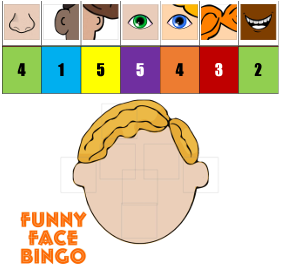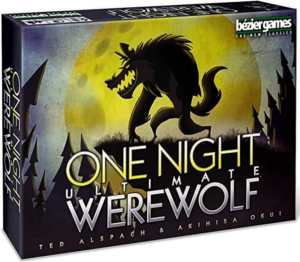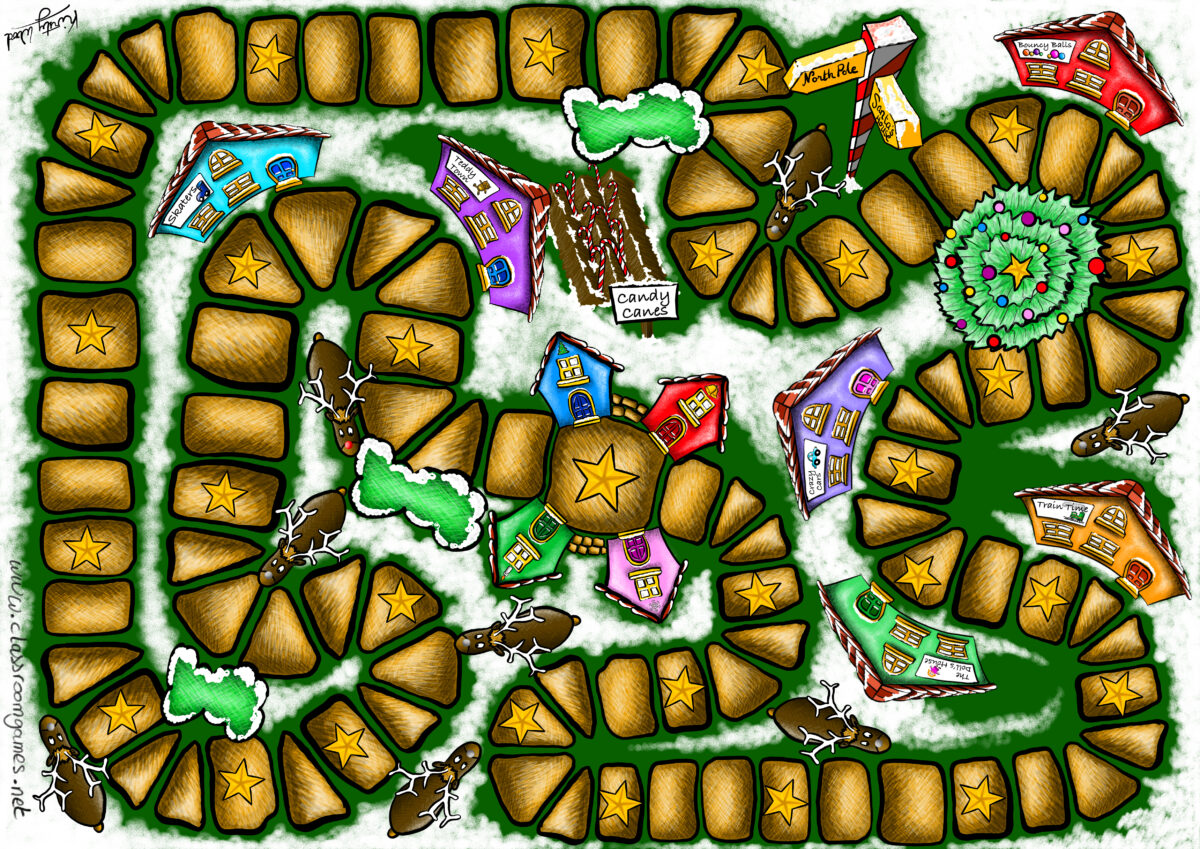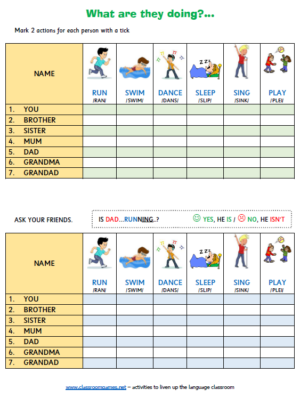I created this game to do controlled practice of verb tenses in positive, negative and interrogative forms.
Setting up
Print the cards, laminate and cut them out. That’s it!
I have used this with groups of up to 8 players, however if you have bigger groups you may want to print off 2 copies.
You can use these cards in a variety of ways. You can play a rummy type game, where the winner has 3 of one type and 4 of another. I prefer to play with ‘happy families’ rules, as they are simple to understand, so that is what I will explain here.
Playing the game
- The cards contain different verbs and pronouns. I have deliberately chosen the most common and irregular verbs. There are 6 cards for each verb. The objective of the game is to collect a set of 3 card of the same verb to gain a point. The aim of the game is to get as many ‘points’ as possible. The pronouns used on the cards are I, you, he, she, we, and they. It is possible to get 2 sets of 3 from each verb.
- Students use the pronouns to form the question, so in the ‘Happy Families’ version of the game they don’t have any other use. The important element for the cards is the verb.
- Shuffle the cards and deal each student 7. The rest are put in a pile, picture side down, in the centre of the table.
- Students choose any other student to ask for a ‘verb’. They may only ask for a verb that they have in their hand. They do so as follows:
- In this example, the verb card they are looking for is ‘visit’ europe and the tense we are praticing is Present Simple, however you can decide to use any tense for the game.
- The student will ask using the pronoun they have on their own card, so if they have the card HE – VISIT EUROPE in their hand, the question would be : “Does he visit europe?“
- The other student would need to respond in either the positive, or negative, depending on whether they have any visit europe cards in their hand. “Yes, he visits europe” or “No, he doesn’t visit europe“.
- With Present simple, you will practise the change in 3rd person Do/Does for questions and Don’t/Doesn’t for negative, plus the 3rd person ‘s’ for positive statements. If you play using Past Simple you will practise the past simple irregular verbs in the positive and use of did + infinitive for negative and questions… etc. Choose your verb tense at the beginning for what your students need to practise.
- If the other student has the verb card, they must give it. If they have 2, they must give both of them.
- If a student successfully asks and receives a card/cards, they can take another turn. If not, they take a card from the centre pile and play passes to the next left.
- Once a set is on the table, it cannot be stolen.
- The student with the most sets at the end of the game is the winner.
The game usually lasts a full hour depending on the size of group. The more players, the better the game is. It’s good, as students have to listen to each other to work out who has got which cards.
You can use this game for any verb tense for controlled practice, as repeating the correct sentences in positive, negative and interrogative forms reinforces their understanding. It can fit in with any curriculum and planning.
If you are still unsure how the game works, I have posted a video of actual game play in my classes on TikTok and Instagram, so don’t forget to follow me for updates.
I hope you enjoy it!
Here’s the download link for the PDF :










